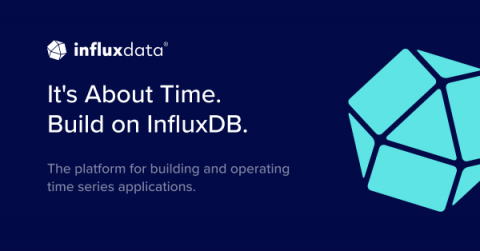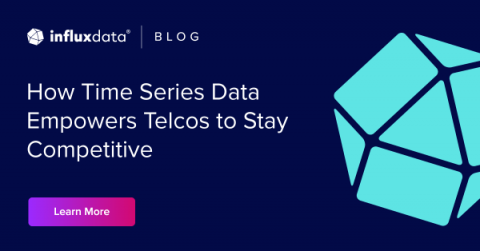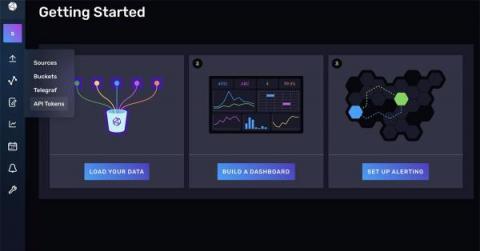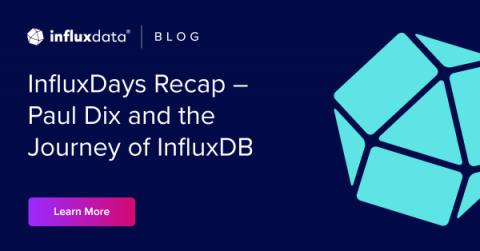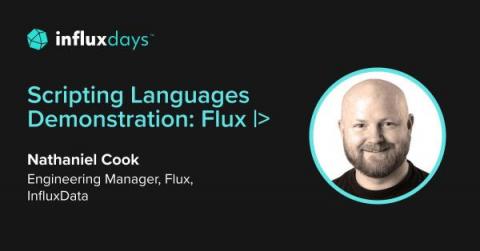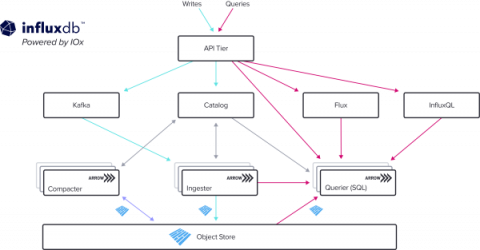Operations | Monitoring | ITSM | DevOps | Cloud
InfluxData
Getting Started with Fluentd for Data Collection
Fluentd is an open source data collector capable of retrieving and receiving event data from several sources and then filtering, buffering, and routing data to different compatible destinations. It utilizes a plug-in system to help you quickly set up specific inputs, apply any required filtering, and send data to your preferred data ingestion platform. Fluentd supports multiple sources and destinations, and it can be deployed to multiple operating systems, including Windows, Linux, and macOS.
How Time Series Data Empowers Telcos to Stay Competitive
Time series databases can help telecommunications companies become more reliable, efficient and productive. The telecommunications industry is undergoing rapid change as a handful of new technologies and government actions change the underlying business landscape and create space for new companies to innovate and disrupt the established players.
TL;DR Python, Pandas Dataframes, and InfluxDB
InfluxDB has over a dozen client libraries so developers can get started more easily and program in the language they’re most comfortable with. One of our most popular options is the Python client library. InfluxDB supports not just Python but pandas, a tool popular with data scientists for analyzing and manipulating data. You can use the client library to output data from InfluxDB into a DataFrame format pandas can ingest, and you can write pandas DataFrames directly to InfluxDB.
Getting Started Using Scripts with InfluxDB
Using scripts with a time-series database helps developers streamline application development, scale workloads and build lean integrations. Time-series data is everywhere, and that reality isn’t going to change. The very nature of time-series data means that time-series workloads differ from a lot of other kinds of data. Given the prevalence of time-series data in our modern, connected world, it’s more important than ever to ensure that developers have tools to manage it.
Time Series Forecasting with PyTorch and InfluxDB
Time series data (also known as time-stamped data) refers to a collection of observations (data points) measured over time. When plotted on a graph, one of the axes for this type of data will always be time. Because time is part of every observable entity, time series data can be used in all kinds of industries, like the stock market, weather data, logs, and traces.
How to Reduce Telegraf Binary Size with a Customized Telegraf Agent
Is Telegraf too big for your device? Too many plugins in one binary getting you down? Let me introduce you to the Telegraf custom builder – the new tool for reducing Telegraf’s overall memory and disk footprint. In this blog, we will discuss the “what, why, when” and also how to use the new custom builder.
InfluxDays Recap - Paul Dix and the Journey of InfluxDB
According to the old adage, life’s a journey not a destination. The same can be said for software. It’s unlikely that any developer would ever say that something they built was truly done. There are always bugs to squash, features to add, and updates to implement. As a company intensely focused on time and the context of time, it comes as little surprise that these themes played a significant role in Paul Dix’s presentation for InfluxDays.
What to Expect from Flux 1.0
This week at InfluxDays we announced that Flux 1.0 is coming soon. Version 1.0 of Flux lang is a commitment to no longer make breaking changes to the Flux language. Importantly, today’s Flux scripts will work on Flux 1.0, and no breaking changes will be introduced between now and the release of Flux 1.0. Along with version 1.0, we have some features we are also releasing soon. Here are the features we have coming and a short explanation of why you might want to leverage them.
Intro to InfluxDB IOx
Last week InfluxData announced IOx, the new time series engine for InfluxDB. We’ve revisited the core of our database to achieve big things with the underlying technology. Users can expect higher performance and more options for querying data. Here’s a quick intro to some of the most exciting things coming with InfluxDB IOx.



